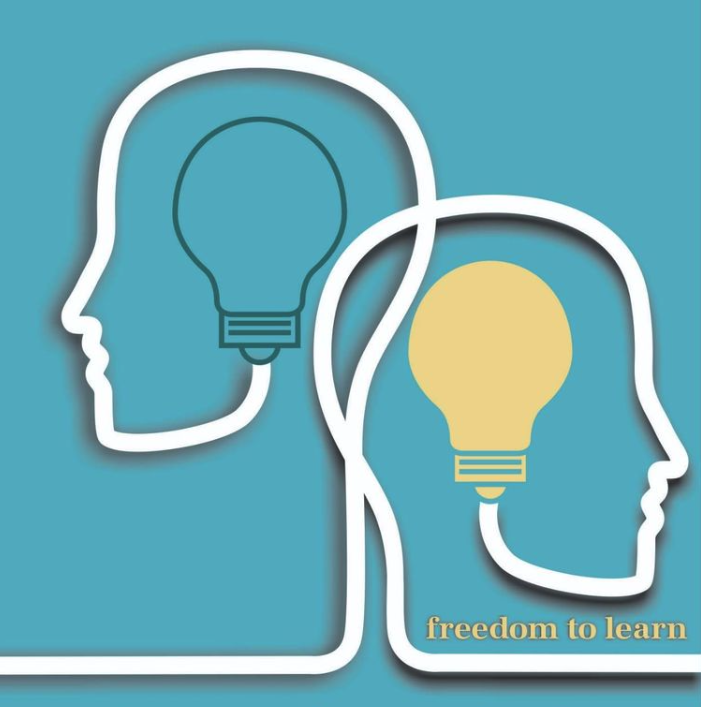Introduction:
Artificial Intelligence (AI) is reshaping instructional design, offering unprecedented efficiency in course development, content personalization, and learner engagement. However, the rise of AI also brings concerns: Will AI replace instructional designers? Can AI-driven learning retain the human touch necessary for meaningful education?
The key to successfully integrating AI into instructional design is to use it as an enhancement tool rather than a replacement for human expertise. This blog explores how instructional designers can leverage AI to streamline workflows, enhance engagement, and maintain human-centered learning experiences.
AI is transforming how instructional designers create, manage, and optimize eLearning content. Some of the most significant contributions of AI include:
1. AI for Content Generation and Automation
AI-powered tools like ChatGPT, Jasper AI, and Claude can quickly generate course outlines, lesson plans, quizzes, and assessments. They reduce the time spent on routine tasks, enabling instructional designers to focus on strategy and learner engagement.
However, relying entirely on AI-generated content can lead to generic, impersonal learning experiences. The key is to use AI as an assistant, ensuring that final content reflects human expertise, context, and emotional intelligence.
🔹 How to Maintain the Human Touch:
- Use AI to draft content but always review and refine it to align with learner needs.
- Personalize AI-generated text with real-world examples and case studies.
- Ensure cultural sensitivity and inclusivity by manually checking AI content for biases.
2. AI for Personalized Learning Paths
One of AI’s greatest strengths is adaptive learning, where platforms like Docebo, EdApp, and Squirrel AI tailor courses based on learner behavior and progress. AI-powered LMSs track engagement, performance, and preferences to adjust the content dynamically.
However, AI-driven personalization can over-optimize for efficiency, sometimes neglecting the emotional and motivational aspects of learning.
🔹 How to Maintain the Human Touch:
- Blend AI-driven personalization with human coaching, peer discussions, and instructor-led sessions.
- Encourage learner reflection and feedback loops rather than just AI-based recommendations.
- Use AI insights to inform human interventions—knowing when an instructor should step in to guide a struggling learner.
3. AI in Gamification and Engagement Strategies
AI is enhancing game-based learning by generating dynamic challenges, simulations, and real-time feedback. Tools like Kahoot! AI, Quizizz AI, and Synthesia are automating interactive learning elements, boosting engagement.
But gamification alone doesn’t guarantee meaningful learning. It must be grounded in motivation, real-world relevance, and social connection.
🔹 How to Maintain the Human Touch:
- Use AI-generated challenges and quizzes but tie them to real-world applications.
- Foster community-driven gamification by incorporating leaderboards and peer collaboration.
- Ensure AI-generated rewards align with intrinsic motivation, not just external incentives.
4. AI for Voice, Video, and Multimedia Production
AI-driven tools like Synthesia, Descript, and Pictory AI enable text-to-video creation, reducing dependency on expensive production teams. AI voice generators can narrate lessons, providing accessibility and scalability.
However, robotic AI voices and AI-generated videos often lack emotional warmth and human relatability, potentially disengaging learners.
🔹 How to Maintain the Human Touch:
- Combine AI-generated videos with real instructor presence, either through live sessions or personalized video messages.
- Use AI-powered voiceovers selectively, ensuring they match the tone and energy of the content.
- Allow learners to create and interact with their own AI-driven content, making learning a two-way experience.
The AI-Human Partnership: A Balanced Approach
The best instructional designs come from an AI-human partnership, where AI handles automation and data-driven insights, while humans bring empathy, creativity, and emotional intelligence.
What AI Should Do:
1) Automate repetitive tasks (e.g., content generation, quiz creation, analytics tracking).
2) Provide personalized learning paths and adaptive assessments.
3) Enhance interactivity through AI-powered chatbots, simulations, and gamification.
What Humans Should Do:
– Curate and refine AI-generated content with context, emotional depth, and real-world examples.
– Guide learners by providing mentorship, coaching, and community-building.
– Make ethical decisions on AI use, ensuring inclusivity, fairness, and accessibility.
Final Thoughts: AI as a Co-Pilot, Not the Pilot
AI is not here to replace instructional designers—it’s here to make them more efficient, insightful, and creative. The most successful instructional designers in 2025 will be those who strategically integrate AI while preserving the essential human elements of learning.
🚀 Your Next Step:
- Test AI tools in small, controlled ways before full-scale implementation.
- Develop an AI-guided instructional design framework that blends automation with personalization.
- Continue learning about ethical AI use in education to ensure responsible adoption.
By leveraging AI without losing the human touch, instructional designers can create truly transformative learning experiences—where efficiency meets empathy, and technology meets creativity.


Digital masterpiece! AI Hug represents the pinnacle of AI-based creation.
jQetVDb TPbxFO NFms UdNVJdK Xfv pBMBiX Lwq
Great article-security is key in AI integration. MCP Server’s protocol design reflects that, especially with MCP Os Automation enhancing controlled access and efficiency. Worth exploring for safer AI deployment.